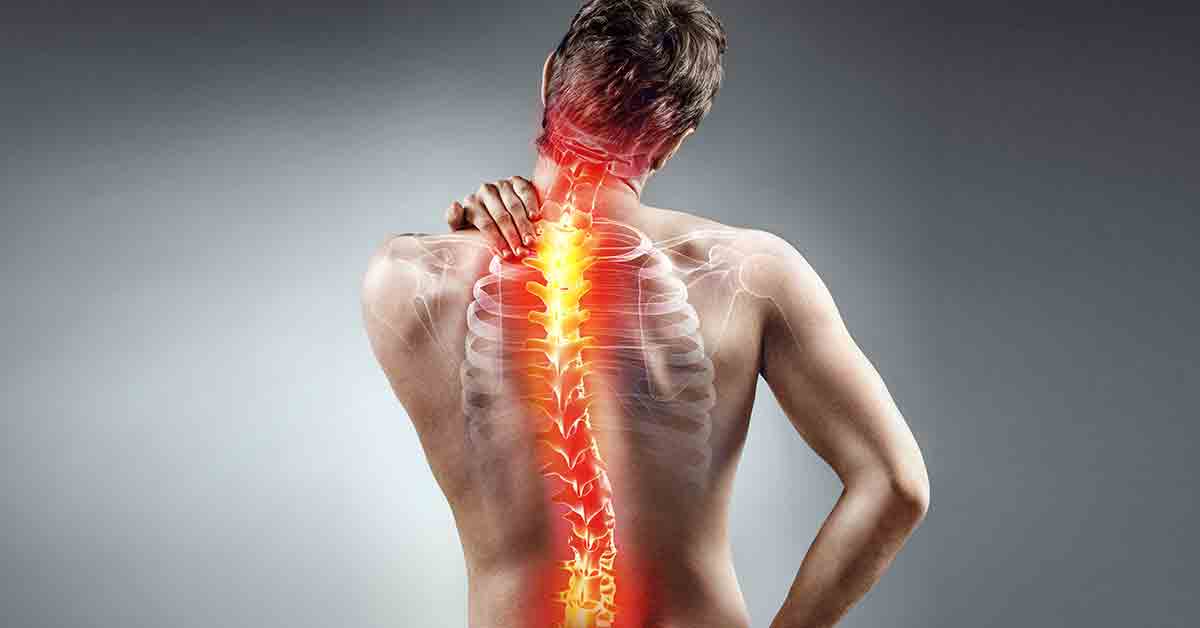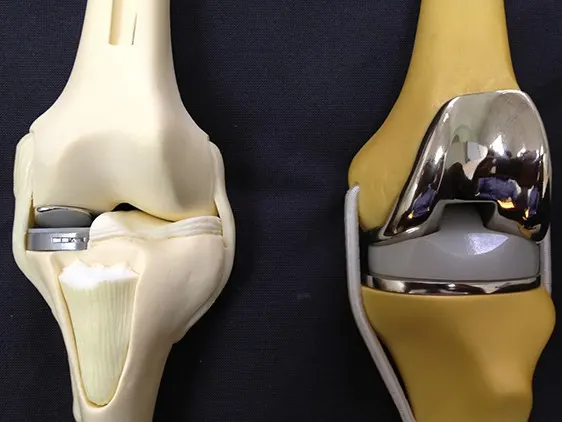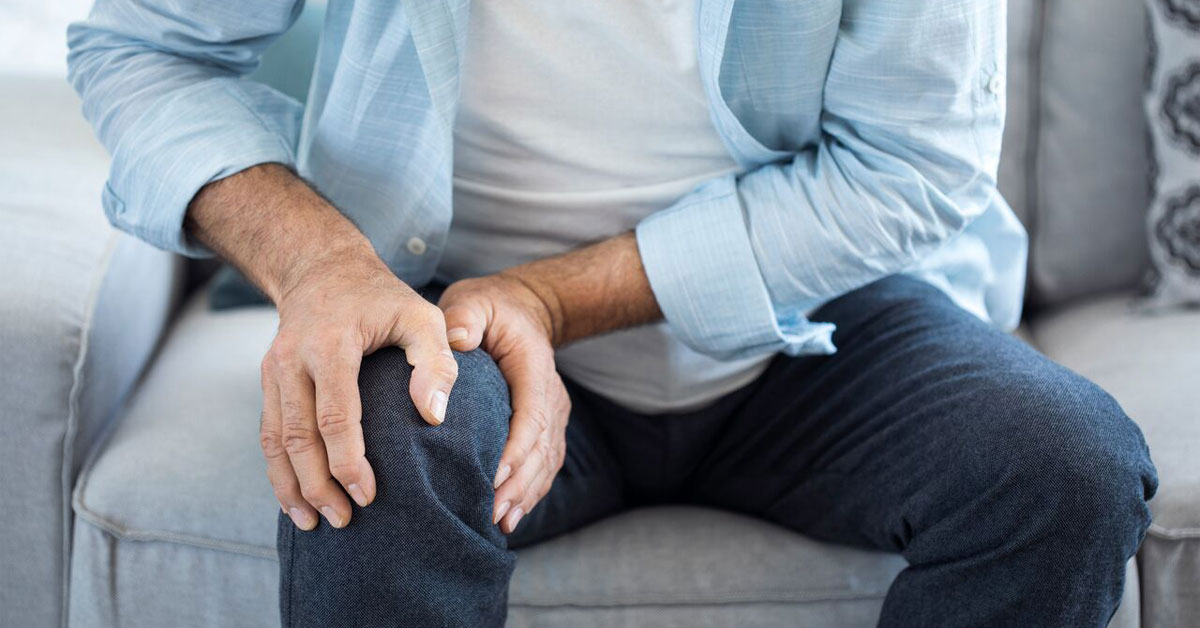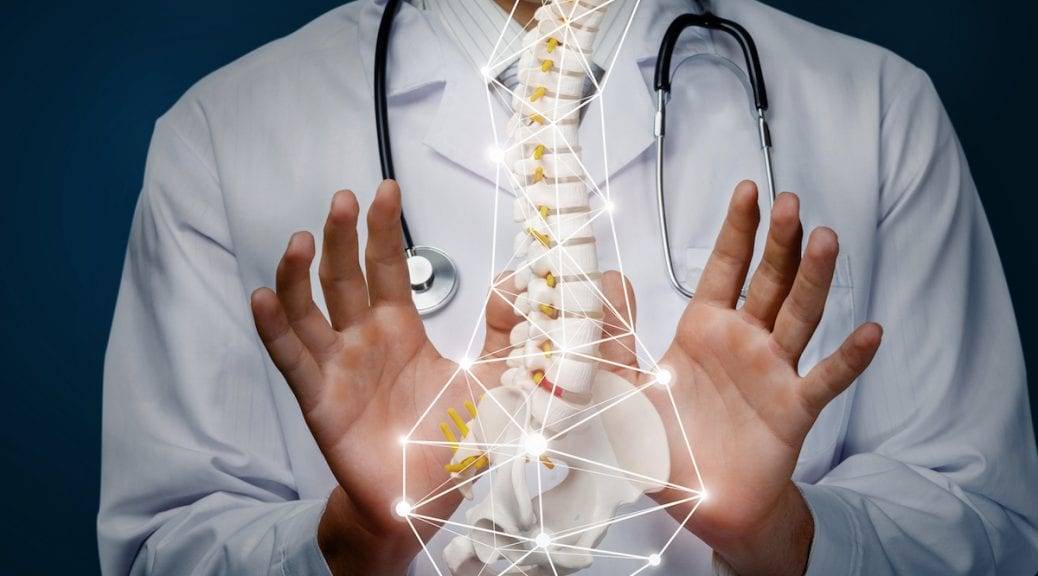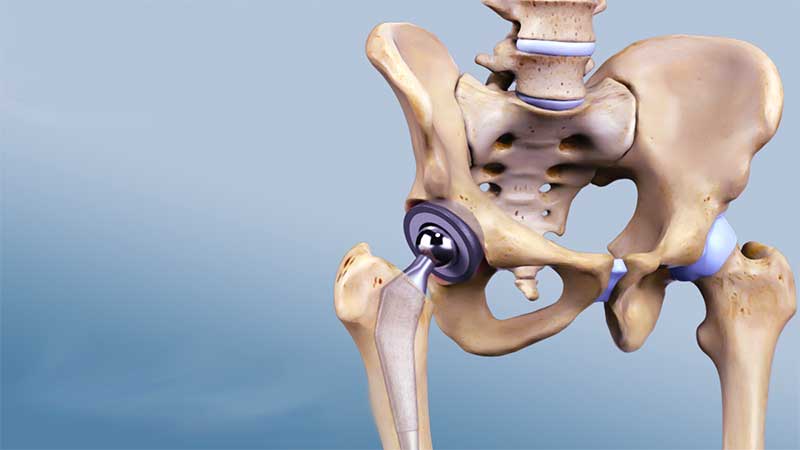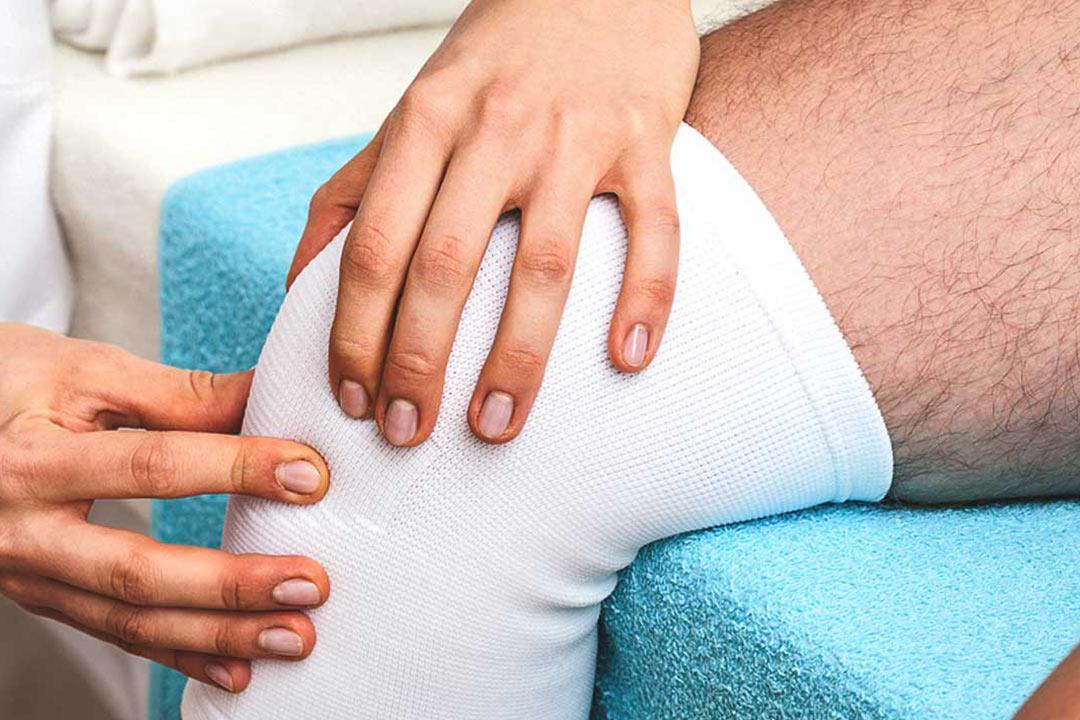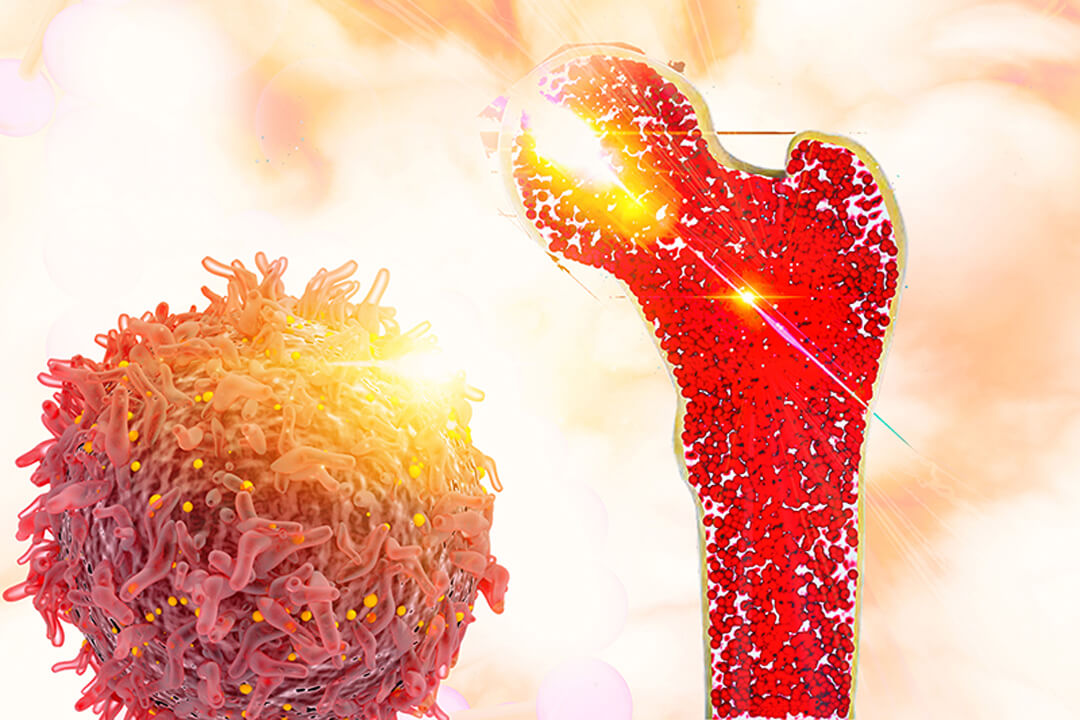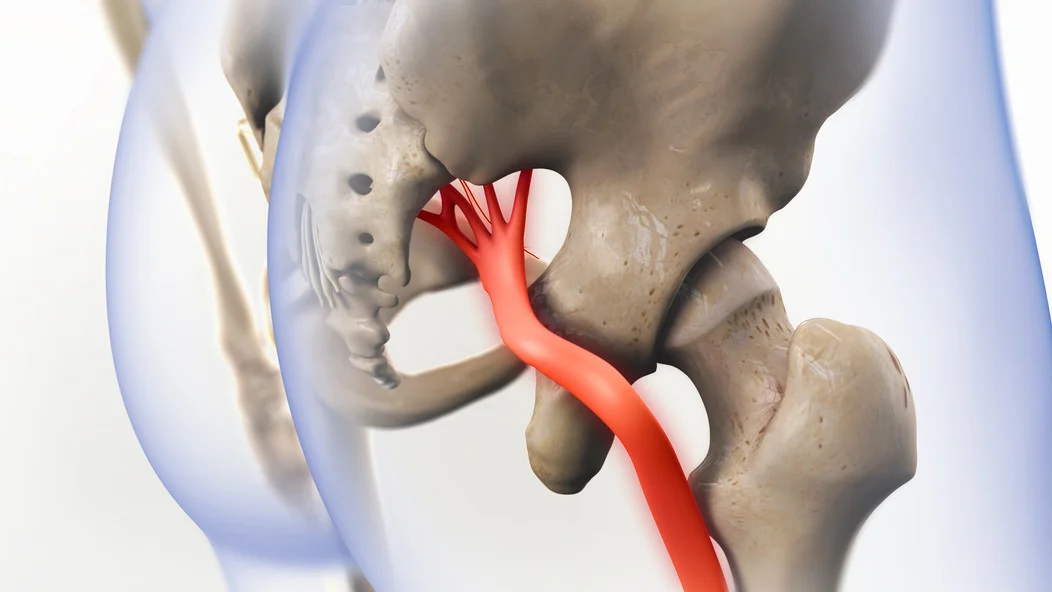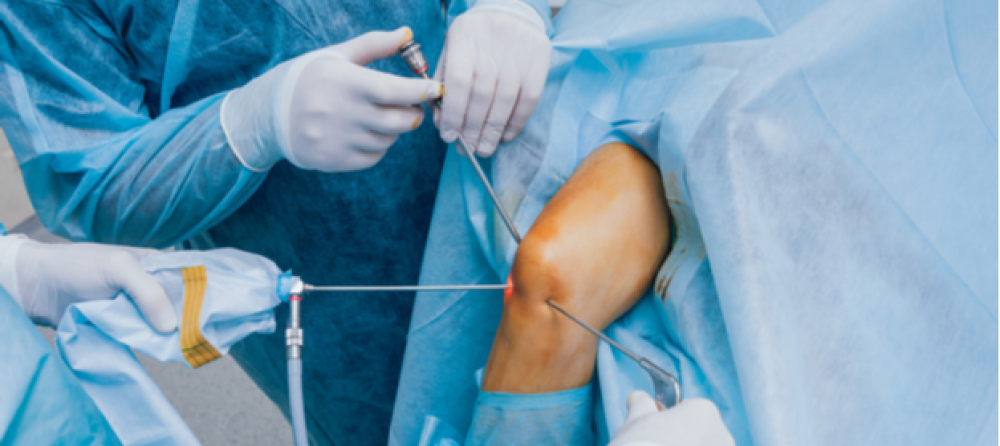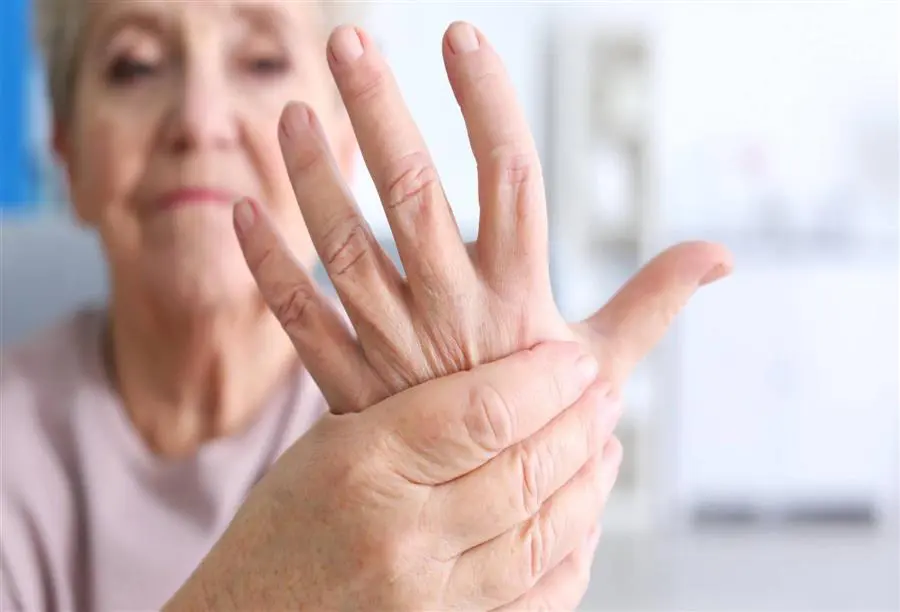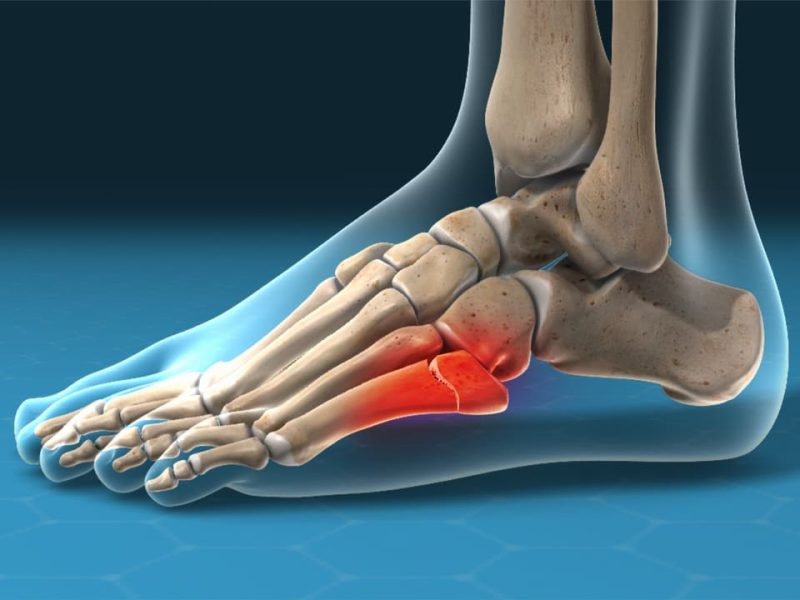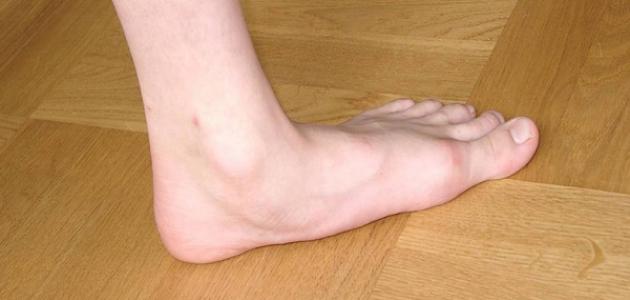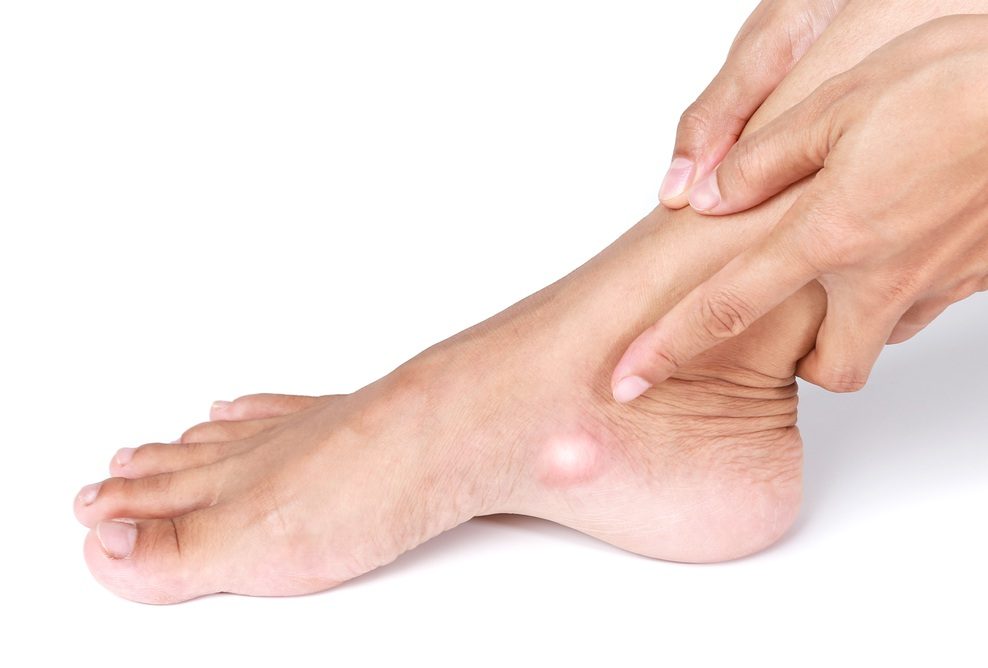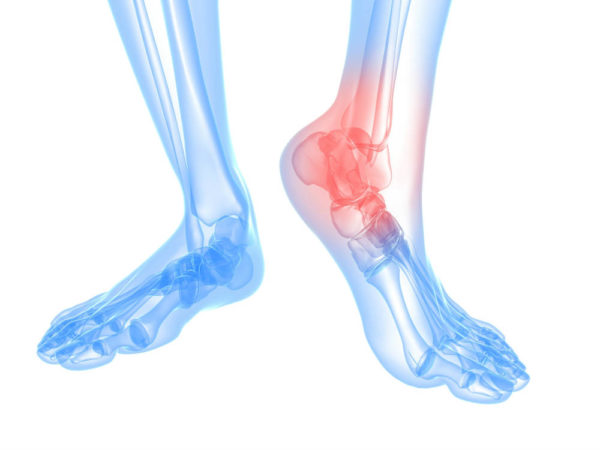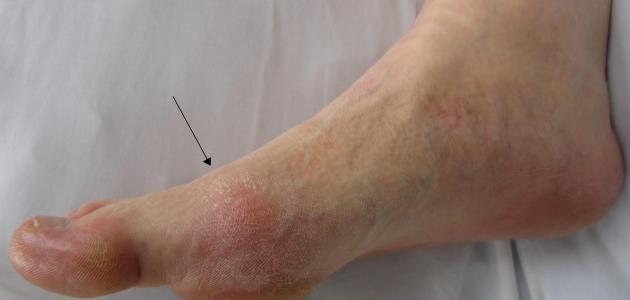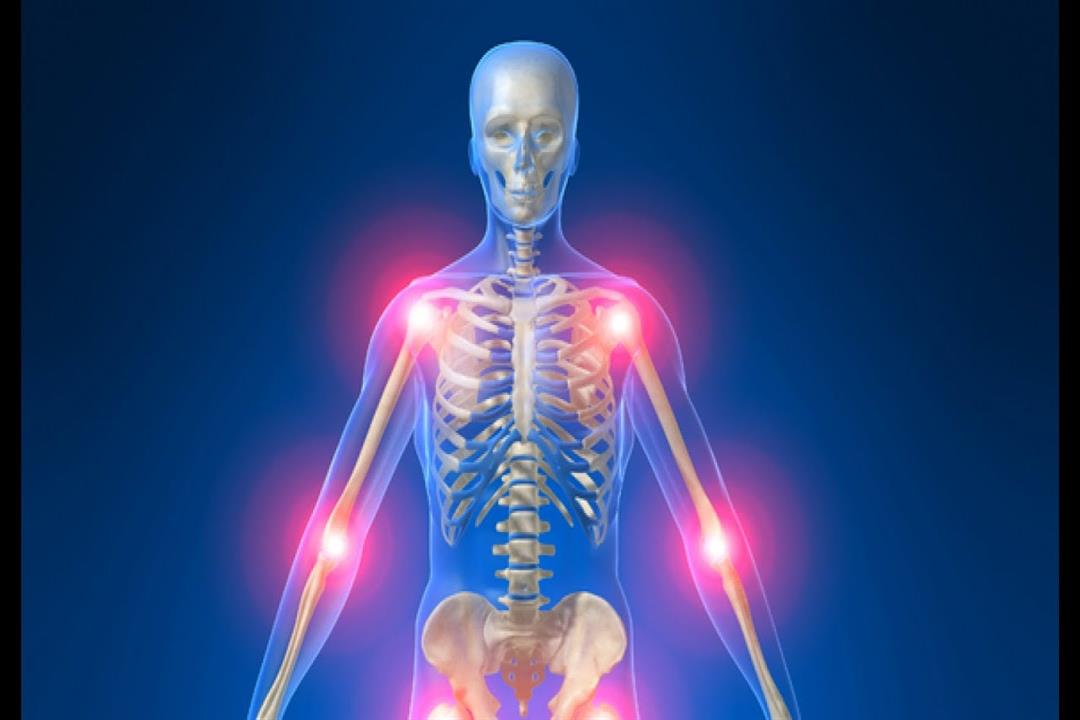Consult a hand tendon surgery doctor and learn about the most important symptoms of tendon rupture!
A hand tendon surgery doctor, searching for an experienced and competent hand tendon surgery doctor is a crucial step for individuals experiencing hand problems. This ensures they receive proper care and suitable treatment for their condition. In the following paragraphs, we will delve into this matter in more detail, guiding us towards finding the best physician and discussing the symptoms of tendon inflammation and the necessary procedures. So, let’s continue.
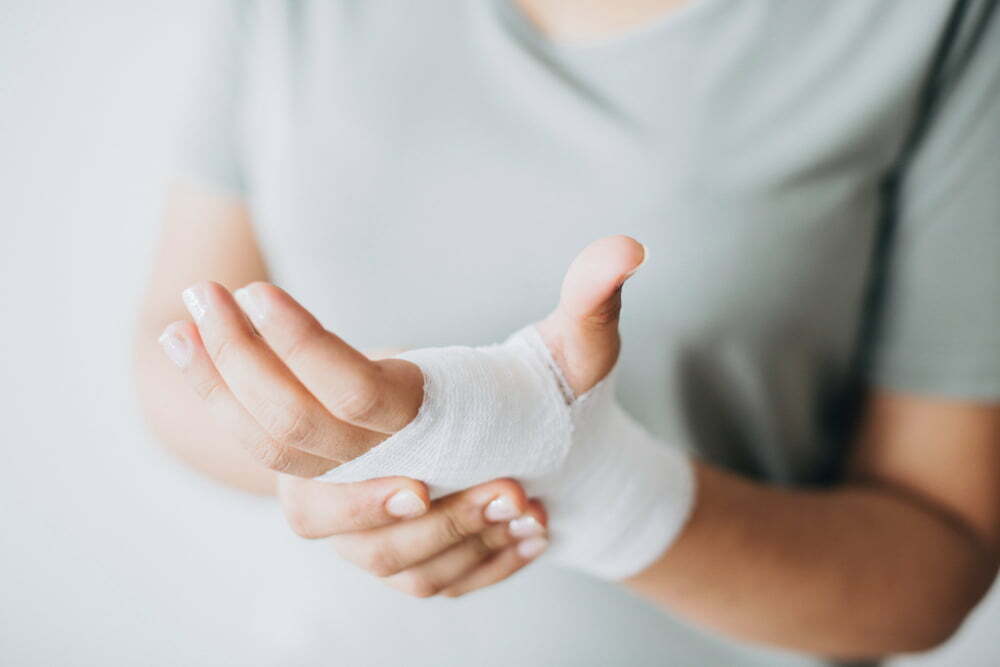
Hand Tendon Surgery Doctor
Hand surgeries encompass the skin, tendons, nerves, arteries, ligaments, and bones. Therefore, it is essential to search for a professional and competent hand tendon surgery doctor, especially since surgery in this field requires high precision and extensive experience in microsurgery. The surgeon specializing in small tendon surgery is the most suitable to address the queries of patients suffering from hand problems, which may vary in their causes and diagnostic symptoms. Using the appropriate technology, a hand tendon surgery doctor can accurately diagnose patients’ conditions and find the optimal solution for their treatment. In the following paragraphs, we will provide detailed information about the best hand tendon surgery doctor.
“Talk to Dr. Amr Amal about the multiple benefits of hand tendon surgery.”
What are the responsibilities of the best hand tendon surgery doctor in Egypt?
A hand tendon surgery doctor in Egypt diagnoses and treats damage, deformities, chronic injuries affecting the upper extremities, including the shoulder, arm, hand, and all fingers. Additionally, the physician focuses on identifying injuries, tumors, and deformities that affect the hand, thereby taking all necessary surgical and preventive measures. The responsibilities that fall under the purview of a hand tendon surgery doctor include assisting in solving and treating the following problems:
- Treating complex regional pain syndrome.
- Diagnosing and treating genetic deformities like thumb abnormalities.
- Treating burns in the upper extremities, including the fingers and thumb.
- Assisting in finger and individual limb reconstruction, as well as prosthetic limbs and rehabilitation.
- Treating vascular and neural injuries in the hand and arm, along with cases of hand amputation.
- Addressing chronic inflammations, joint diseases, tissue numbness, nerve and tendon spasms, and connective tissue issues in the upper extremities.
- Dealing with Dupuytren’s disease, hand tendon injuries, hand and wrist fractures, and diagnosing and treating hand tumors, including tendon transfer and release.
If you wish to learn more about the best doctors for tendon issues, we recommend reading this article.
Who is the best hand tendon surgery doctor in Egypt?
It is known that hand surgery encompasses procedures involving fingers, joints, bones, tendons, nerves, arteries, ligaments, and skin. Therefore, finding the best hand tendon surgery doctor in Egypt is crucial. You can search for such a doctor online through services like Vezeeta. There are many specialized surgeons in this field in Egypt, including Dr. Amr Amal, a consultant in orthopedic and joint surgery at Ain Shams University. Dr. Amr Amal has extensive experience in all areas of orthopedic and joint surgery and is one of the best surgeons and consultants in Egypt. He is renowned for his extensive expertise in hand tendon surgery.
Dr. Amr diagnoses and treats a variety of diseases and injuries affecting hand tendons, such as sprains, strains, cuts, and tears in tendons. He utilizes the latest techniques in treating these conditions. Dr. Amr holds a Ph.D. in orthopedic surgery from Ain Shams University and is a Fellow of the Royal College of Surgeons in the United Kingdom. He currently works as a professor of orthopedic and joint surgery at Ain Shams University and provides his services at his private clinic in Dar Al-Fouad Medical Tower in Nasr City. He has an excellent reputation and delivers outstanding results in hand tendon surgery.
How long does a tendon surgery take?
“Regain the strength and confidence in your hands with innovative tendon surgery offered by Dr. Amr Amal. Rely on our expertise and advanced techniques to achieve a swift recovery and reclaim your normal life.”
Simple hand tendon repair procedures typically take between 45 to 60 minutes, while more complex surgeries for severe injuries naturally take longer. The procedure for finger tendon surgery in the hand is as follows:
- The doctor administers general or local anesthesia, depending on the patient’s condition.
- A tourniquet is placed, acting as a blood flow restrictor, around the upper part of the patient’s arm. This is done because bleeding near the wound makes it extremely difficult to see the tendons.
- The existing wound in the finger is extended, or if there is no wound, an incision is made to locate the damaged tendon.
- The doctor then aligns the ends of the damaged tendon before suturing it.
- Finally, the doctor closes the incision with stitches, and in most cases, a rigid cast or splint is applied to protect the repaired tendons.
For more details on shoulder tendon cutting surgery, its outcomes, and the duration it takes, we recommend reading the following article.
Is hand tendon surgery dangerous?
“Dr. Amr Amal, an expert in hand surgery, guarantees you comfort, precision, and rapid recovery. Enjoy our advanced medical specialization and prepare to regain a healthy and active life.”
Injury to hand tendons is a painful condition that many individuals experience. Such injuries can result from falls, sports accidents, or any other factors affecting hand tendons. Tendon injuries may involve tears or detachment while performing certain actions, which can affect hand movement and control.
Tendon repair is a serious surgical procedure, and patients must follow all post-operative instructions provided by the doctor. In some cases, individuals with tendon injuries need to anticipate the risks associated with the surgical procedure, such as swelling, changes in sensitivity, and coordination between the fingers. These risks can also include allergic reactions to anesthesia or specific medications, difficulty in breathing, bleeding, tendon re-rupture, pain, and the possibility of infection. Patients may also experience infection or partial loss of joint function. However, appropriate safety measures and precautions can help reduce and mitigate these risks.

Does tendon inflammation appear in X-rays?
The truth is that tendon inflammation does not appear in X-rays because tendons do not contain minerals that show up on X-rays. Therefore, X-rays cannot clearly reveal the condition of tendons, and there is no specific analysis that can detect tendon inflammation. However, clinical examination can help determine the condition of the tendons and whether there is any irritation or inflammation. It should be noted that any tendon can become inflamed, whether in the knee, shoulder, elbow, heel, or wrist, due to repetitive use or certain conditions such as rheumatoid arthritis. Therefore, it is important to regularly check tendons and not ignore any symptoms of tendon inflammation.
If you would like to learn more details about finger tendon inflammation and find the best doctor to help you with hand tendon surgery, click here.
Causes of Hand Tendon Inflammation
Tendons in the hand connect the forearm muscles to the bones in the fingers and thumb, allowing us to flex the wrist and move the fingers. Tendons are naturally located in their proper place due to fibrous membranes resembling tubes called sheaths. These sheaths are covered with a tissue called synovial membrane, which is a smooth, lubricating tissue that helps the tendons slide smoothly through the sheaths.
A person’s injury due to rheumatoid arthritis or overuse can make tendons and sheaths prone to inflammation and swelling, increasing their thickness, which results in pain. This can reduce the person’s mobility, and this condition is known as tenosynovitis. It is divided into two types:
- De Quervain’s Tenosynovitis
- Stenosing Tenosynovitis
Symptoms of Hand Tendon Rupture
Tendon rupture can occur due to a specific injury or accident, causing the tendon to stop functioning and the patient to experience severe pain. The patient may also be unable to move the affected area, and other symptoms may include:
- Sudden and severe pain with a sound resembling a pop or snap.
- Feeling that the patient cannot move the affected area.
- Instability in the palm or finger, and in some cases, the rupture causes a significant decrease in the movement of the affected part.
What happens if a tendon is severed?
A lot of damage occurs when a tendon connecting muscles to bones is severed. This is because tendons play a crucial role in movement and bone manipulation. When tendons are injured, torn, or ruptured, it results in the impairment of the associated bone’s movement, which is considered a severe injury.
In some cases, early surgical repair of the tendon through suturing may be the solution to reconnect it to the bone, allowing the tendon to regain its normal function. Tendon suturing is not an easy procedure and requires significant skill because it relies on precision work; otherwise, it can lead to movement disability in the fingers. Seeking a specialist in general and reconstructive surgery is advisable to restore the tendon to its natural state and preserve finger and bone mobility.
For more information regarding shoulder ligaments and their appropriate treatment, you can refer to the following article.

What Is Tendon Suturing?
Tendon suturing is a surgical procedure in which a severed tendon is sutured and reconnected to restore it to its natural position and enable it to perform its normal function of muscle and bone movement. The procedure involves the following steps:
- The surgeon aims to reconnect the severed ends of the tendon by thoroughly sterilizing both sides.
- The doctor stabilizes the severed ends of the tendon and then sutures them together using a type of absorbable suture. The body absorbs this suture after a certain period.
- The suturing techniques may vary in application, but they all follow the same basic concept. The needle is inserted from one end of the tendon, comes out from it, and then enters the other end of the tendon, bringing the severed ends together and securing them effectively.
- The surgeon closes the skin and immobilizes the tendon area. The patient is advised to rest for a period ranging from 4 to 8 weeks to allow the tendon to repair itself and regain movement.
Discover the process of tendon suturing with Dr. Amr Amal; it is the ideal solution for recovery and pain relief.
Can a severed tendon heal?
Yes, tendons are flexible fibrous tissues located at the ends of muscles that connect muscles to adjacent bones. Therefore, when a muscle contracts, the tendon also contracts, becoming tense, and this results in bone movement. Prolonged tendon use, excessive strain, heavy lifting, or incorrect movements can damage these tendons, potentially leading to significant injury, including tendon rupture. In this case, the connection between the muscles and bones is severed, causing loss of movement in the affected limb or segment.
If a tendon is severed, a surgeon must perform a surgical procedure to repair it and restore it to its natural condition to enable it to perform its normal function in moving muscles and bones.
Can the hand return to its natural shape after tendon rupture?
“Prepare for a complete recovery with Dr. Amr Amal in the field of tendon surgery. Rest assured that your hands are in skilled hands, and get ready to regain your movement and strength.”
The process of repairing severed tendons must be extremely precise to enable a return to the previous state and pre-injury condition; otherwise, it may result in movement disability in the fingers. Therefore, it is essential for the procedure to be performed by a skilled surgeon with extensive experience. The best time for the surgery is within the first ten days of the injury, along with necessary examinations and X-rays to ensure no other injuries exist.
With the current medical advancements, microsurgery is used to repair flexor tendons and restore natural hand functions. Post-surgery physical therapy sessions are crucial and not less important than the surgical steps themselves. In the past, physical therapy sessions started after six weeks of surgery when the hand was casted, which led to stiffness in the hand joint and the repaired tendon. Patients should follow the surgeon’s instructions after surgery, adhere to physical therapy, undergo regular check-ups for continuous monitoring, and avoid repeated injuries.

